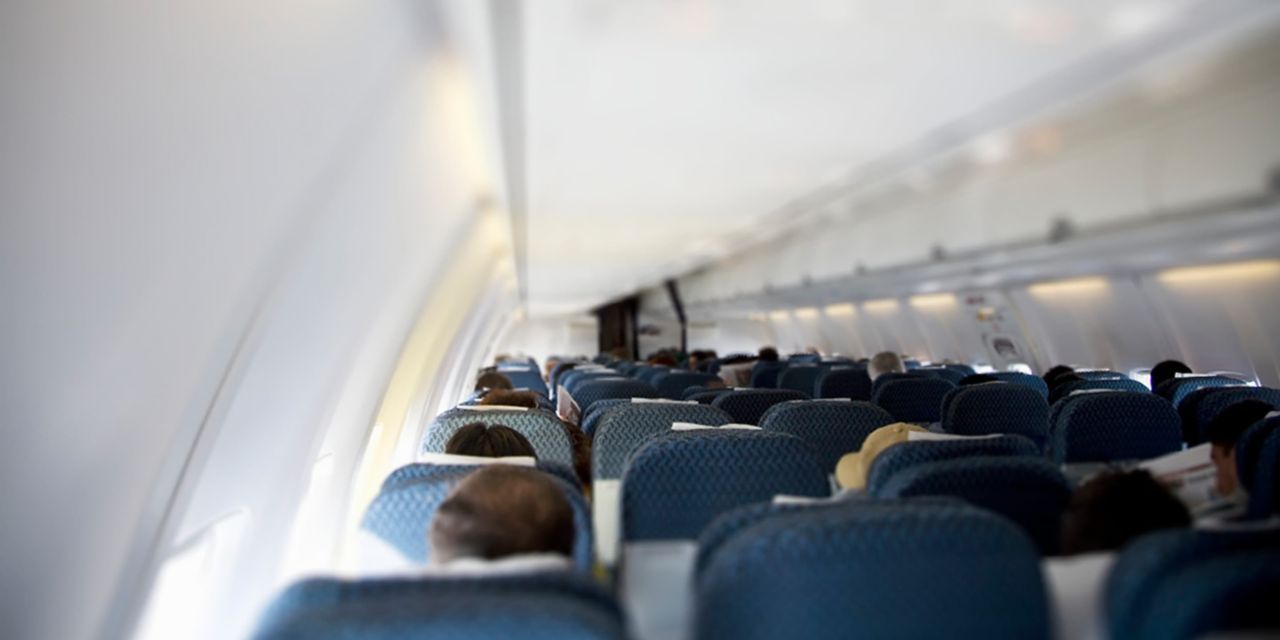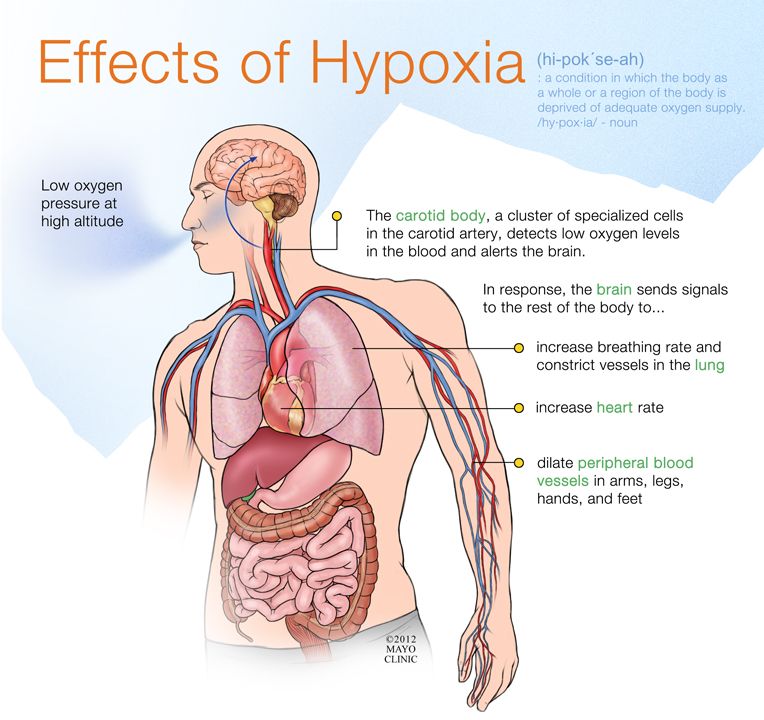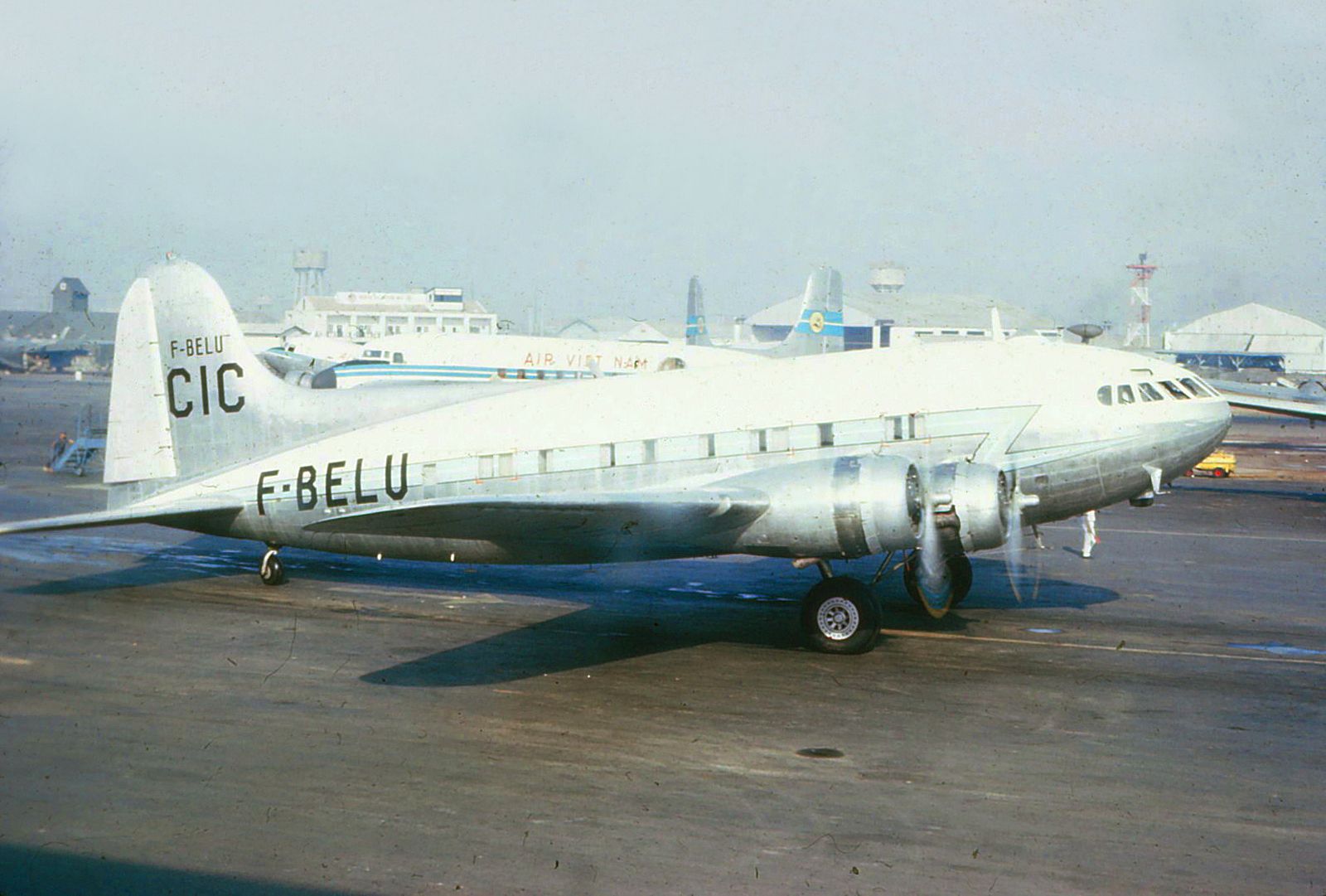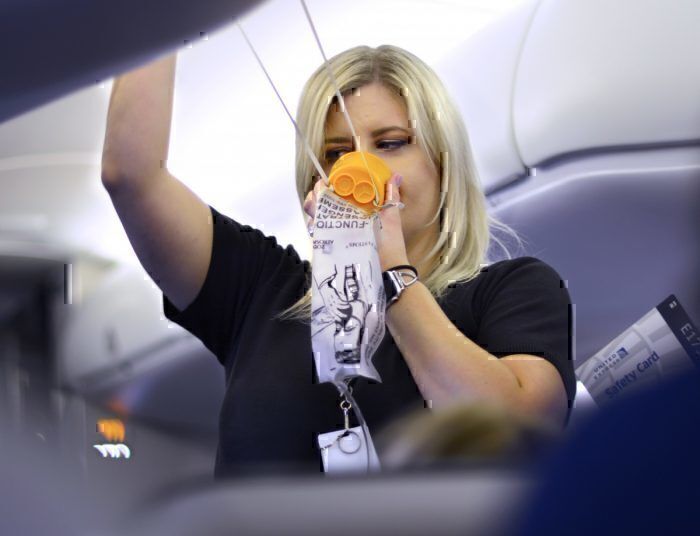Before we get into how hypoxia can affect airline passengers and crew, let's first explain what hypoxia is and how you can recognize the symptoms. Hypoxia is defined as having a low level of oxygen in your body tissues. It can be responsible for difficulty breathing, a rapid heart rate, restfulness, confusion, and a bluish-colored skin tone. Hypoxia can be life-threatening, so if you should ever think you are suffering from it, call an ambulance or go to your nearest hospital.
We all take breathing for granted as it is an automatic thing that we do over 20,000 times a day. Each breath does two things. Firstly, it brings oxygen into the body when we breathe in, and it expels carbon dioxide when we exhale. Exercise and stress increase carbon dioxide production, which means we have to breathe quicker to take in more oxygen.
Gravity determines how far oxygen molecules are apart
The effects of the earth's gravity also play an essential role in the amount of oxygen in the air we breathe. At sea level, gravity keeps oxygen molecules closer together, making it easy for us to breathe. As you increase altitude, the distance between the molecules gets further and further apart, so the amount of oxygen molecules we breathe in at 18,000 feet is half of what we breathe in at sea level. Trying to breathe deeper or faster does not help either, as you will only be compounding the problem by producing too much carbon dioxide.
When suffering from hypoxia, the brain is the first part of a person's body to feel a lack of oxygen, leading to poor judgment. Subtle clues that you might be suffering from hypoxia can include breathing faster than usual, lightheadedness, sweating, and in some cases, even euphoria.
Cabin pressurization was invented
To alleviate the need for pilots to wear oxygen masks while flying at high altitudes, what was later to become Honeywell invented a cabin pressurization system for the B-29 Superfortress. This was later adapted to be used in passenger planes in 1946 when Boeing's 307 Stratoliner began flying people in comfort at 20,000 feet.
Today, all modern jet airliners have pressurized cabins that act like a flying pressure chamber to keep the air pressure at a comfortable level so that we can breathe normally at altitudes of around 36,000 feet. Should the cabin lose pressurization, oxygen masks deploy from above your head. Put the mask on and tug on the tube to deploy the oxygen, which should last for 15 to 20 minutes. Meanwhile, the pilots are trained to descend quickly to an altitude where people can breathe normally.
Mountain sickness can also cause hypoxia
When we talk about hypoxia, we can also mention mountain or altitude sickness as they are similar and caused by a decrease in air pressure. Before the COVID-19 pandemic, there was a surge in adventure tourism, with people traveling to places like Nepal and South America, venturing into higher altitudes.
Unfortunately for many, they underestimate how the high altitude of some of these places could make them feel ill. Once you reach a height of 5,000 feet, your body starts to react to the lesser amount of oxygen you breathe in. While Machu Picchu in Peru is at 7,874 feet, the nearby city of Cusco, which most people visit first, is at an altitude of 11,154 feet.
If you start to feel tired, dizzy or have headaches or vomiting, head to lower ground immediately. A good tip before visiting any high-altitude location is to let your body gradually acclimatize itself by spending some time in an elevated area that is not as high as the one you want to visit.





.jpg)